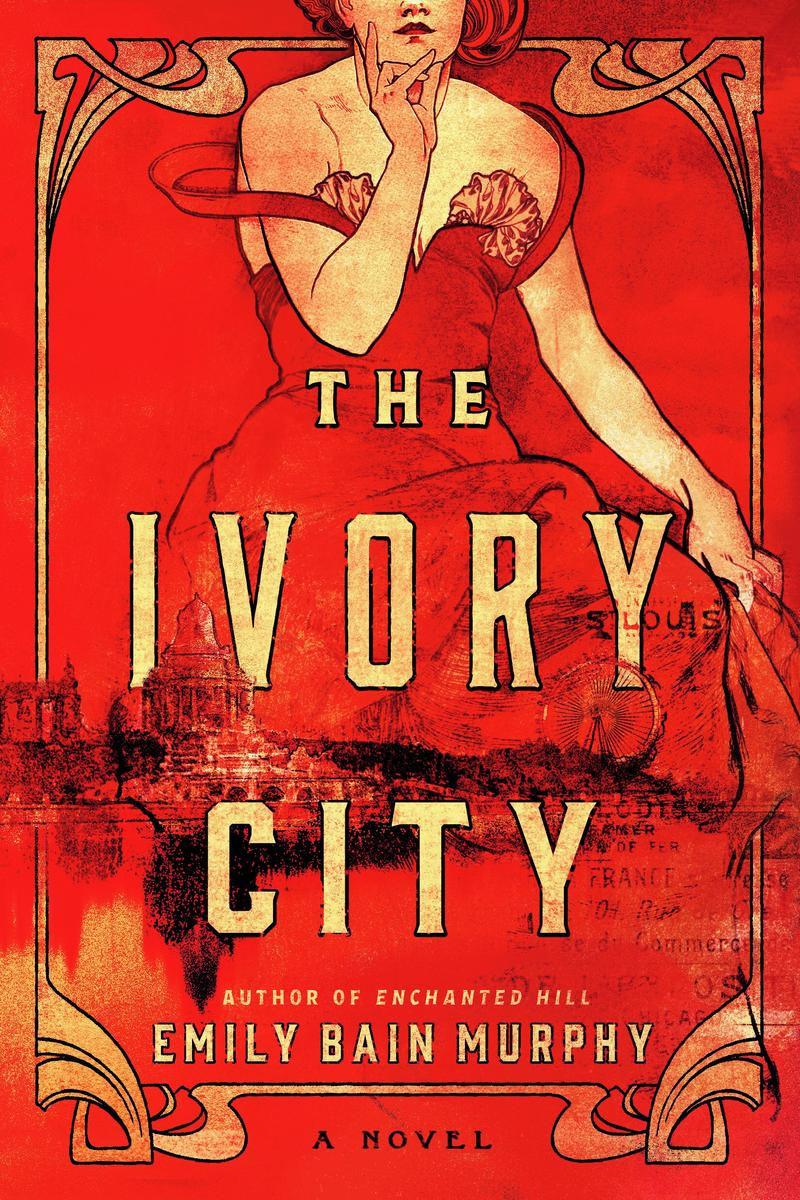"The Book of Lost Hours" Reviewed by Diane Lick
- cstucky2

- Sep 4
- 2 min read
Hayley Gelfuso’s debut novel, “The Book of Lost Hours,” crosses many genres but may fit best on the magical realism shelf. There’s a bit of everything in this must-read: history, scientific theory, philosophy/ethics, politics, espionage, family drama, and tragic romance, all taking place with the magic of time travel made possible with the use of a special watch.
However, the heart of this novel lies in the power that memories, both singularly and collectively, play in relation to each of us and hence the world.
The book begins in 1928 on Kristalnacht when a Jewish clock maker thrusts his 9-year-old daughter, Lisavet Levy, into the closet hoping to keep her safe as his shop is attacked. This closet turns out to be a doorway and she is left in this “timespace,” a mystical parallel world lined with shelves of books filled with memories of everyone who has ever lived. A specter, Lisavet names Azrael, appears and begins to help the child learn to time-walk through all of this history.
There are other people called timekeepers who come and go from the timespace. After a while Lisavet notices that many of them are white men in uniforms who burn peoples’ memories and therefore erase history. When Lisavet realizes what they are doing she begins to save the books as quickly as possible after a fire threatens to destroy them.
The plot then shifts to 1965 with Moria adapting to a new chapter in her life, taking a position as secretary to Jack Donnelly, head of a CIA secret unit in charge of timekeepers. Ernest, one of the timekeepers, has been murdered and Amelia, his niece, is about to be forced into entering the timespace to retrieve a book of memories that Ernest was believed to have left there. In 1944, prior to Ernest’s demise, Lisavet and Ernest, then a new timekeeper, fell in love.
Back in 1965, Moria and Amelia get even more involved in the CIA’s intrigue—searching for the timekeeper’s book and increasing their quest for power over the timespace.
As each chapter unfolds, there are many twists and turns that delve into the memories contained in the timespace and the motivations of the timekeepers. Though at times this novel can be a bit of a challenge, because it moves about in time, focused readers will be rewarded. The final chapters bring this creative story to a conclusion but will leave readers with much to ponder.
In “The Book of Lost Hours” it is, after all, each person’s prerogative to choose what memories to write in their book—but the question remains—who should have the power to erase those memories, and thus manipulate the past and alter the future? Where is the truth?

.png)





Comments